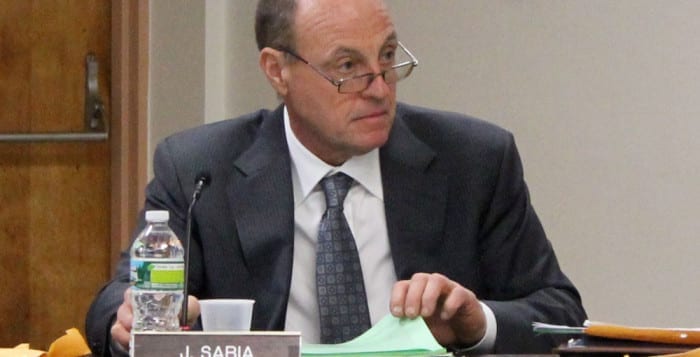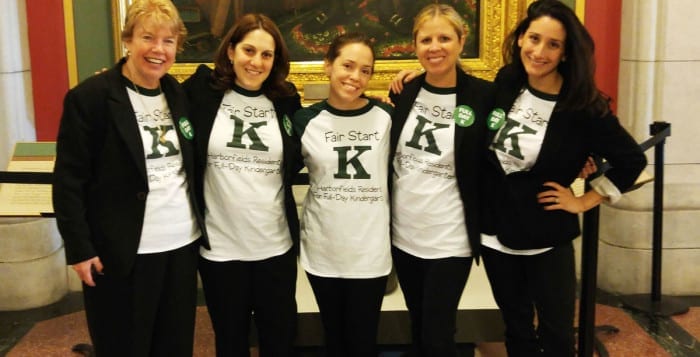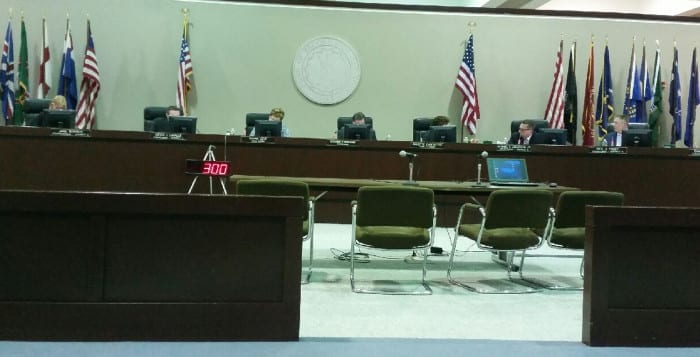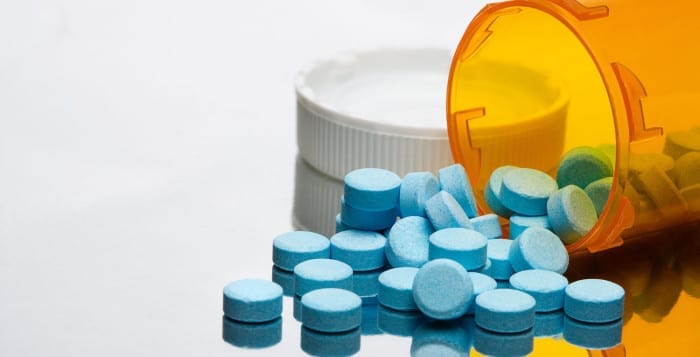One North Shore legislator is looking to make plastic bags a thing of the past.
Suffolk County Legislator William “Doc” Spencer (D-Centerport) introduced a bill at the Legislature’s general meeting on March 3 that would ban single-use plastic bags throughout Suffolk. The lawmaker said the idea has already received support from community members, business owners and environmental groups.
“It is something that has been on my radar since I first took office,” Spencer said in a phone interview. “I’ve heard the frustration about how they end up as unsightly litter on our roadways and in our waterways after being used for all of 12 minutes.”
Spencer said that retailers spend $4 billion each year to give plastic bags to consumers — a cost passed on to consumers in the form of higher prices. New York City alone spends $10 million disposing of plastic bags annually, he said.
After about 12 minutes of usage, Spencer said, a plastic bag could easily become pollution that litters parks and blocks storm water drains or can pose a serious threat to wildlife.
Spencer there is more plastic than plankton in our ocean.
“Fish eat plastic bags, which cause them to choke,” Spencer said. “An animal could die from that, and the plastic bag will still remain intact, going on to kill another animal. This is killing our planet.”
Adrienne Esposito, executive director of the Citizens Campaign for the Environment, echoed the sentiment.
“Plastic bags pollute our beaches, bays, roadways, parks and neighborhoods,” Esposito said. “They kill thousands of marine mammals and shore birds every year. Last year, volunteers removed 10,500 plastic bags from the South Shore Estuary. The answer to this ubiquitous pollution plague is simple — ban the bag.”
The CCE conducted a survey of more than 650 Suffolk County residents, and 80 percent supported either a ban or fee of plastic bags.
“The time has come to simply ban them and practice BYOB – Bring Your Own Bag,” Esposito said.
Business owners have also lent their support. Charles Reichert, owner of five IGA grocery stores, including locations in Fort Salonga and East Northport, said he believes all of New York should abide by this bill.
“It’s inevitable, so let’s have a countywide bill,” he said in a statement. “Honestly, I think it should go statewide as opposed to having these different laws, but I’d be happy with a countywide bill.”
For grocery store shoppers who fear they will now have to buy reusable bags, Spencer said fear not. He and several other organizations said they planned to give away many free reusable bags if this bill takes off.
“Plastic bags just came on the scene in the last 30 years,” Spencer said. “We got along fine without them. This is good stewardship of the planet.”
A public hearing for this bill is scheduled for March 22. If adopted, there will be a 12-month period before implementation of the law, and within those 12 months, Spencer said he would propose a companion bill to provide a comprehensive education and awareness campaign to assist the public and retailers with the shift.
“We want to ensure customers and retailers will have a successful transition and are fully aware of the alternatives,” he said. “The campaign will also highlight the pivotal role the public will play in reversing the detrimental effects these plastic bags have had on our planet in such a brief period of time.”














